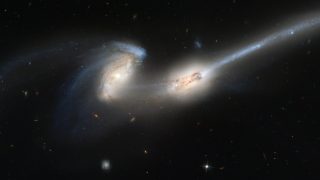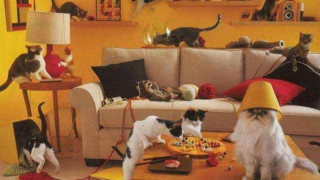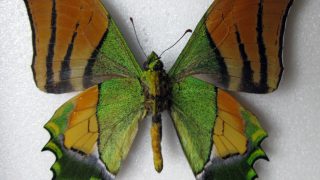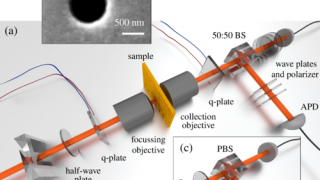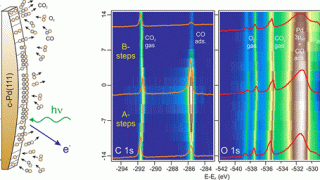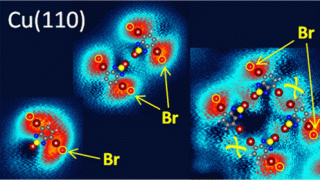
The role of copper in the Ullmann reaction
Organic chemistry uses lots and lots of names. Not only purely chemical names, but people’s names. This is so because the field is so broad that you need to name not only substances, that usually have two names, the official – from IUPAC rules – and the nickname, usually much shorter and easier to remember […]


